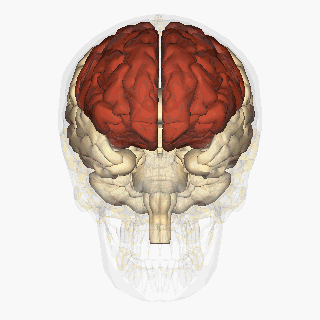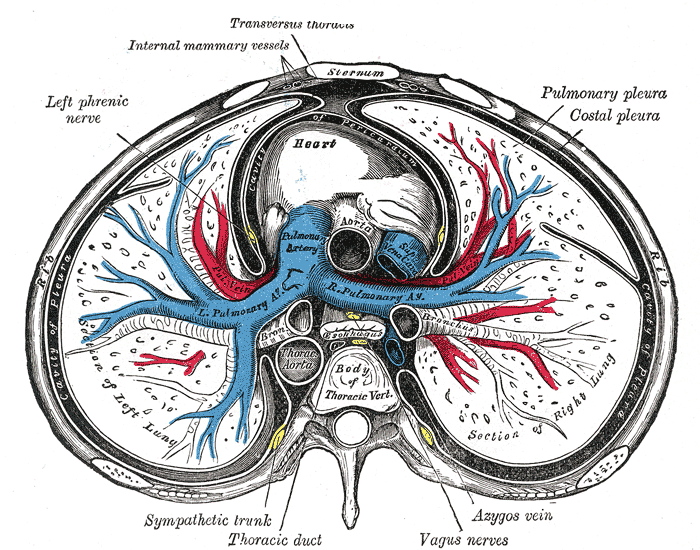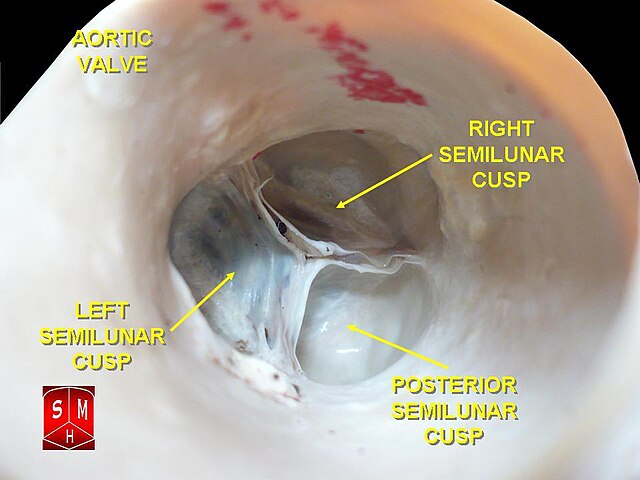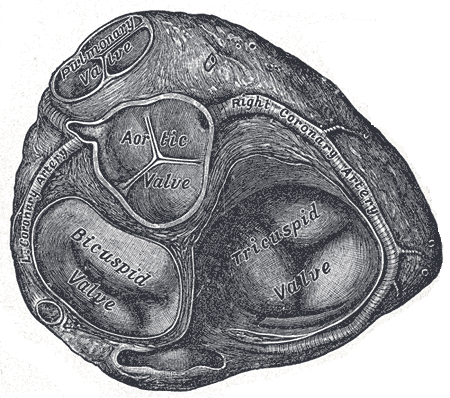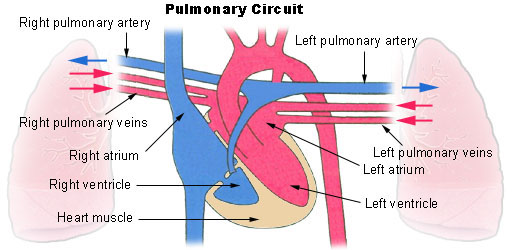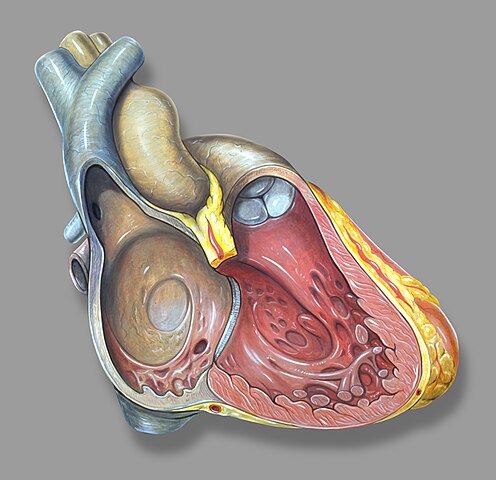We just learned about the frontal lobe in the cerebrum part of the brain.
Another lobe in the cerebrum is called the parietal lobe.
This part of the brain is used for your skin and feelings, so when you touch something you can tell if it is soft or hard, smooth or sharp.
The parietal lobe is also used to help understand and speak languages.
And it is used to figure out where you are when you are moving around, which is called spatial awareness. An example of this is when you are in a house you can tell if you are in a smaller room versus a larger room, or if you go upstairs you can figure out which room you are above.

(from: wikipedia - parietal lobe)
Kid Facts - Blast from the past: Femoral Artery
